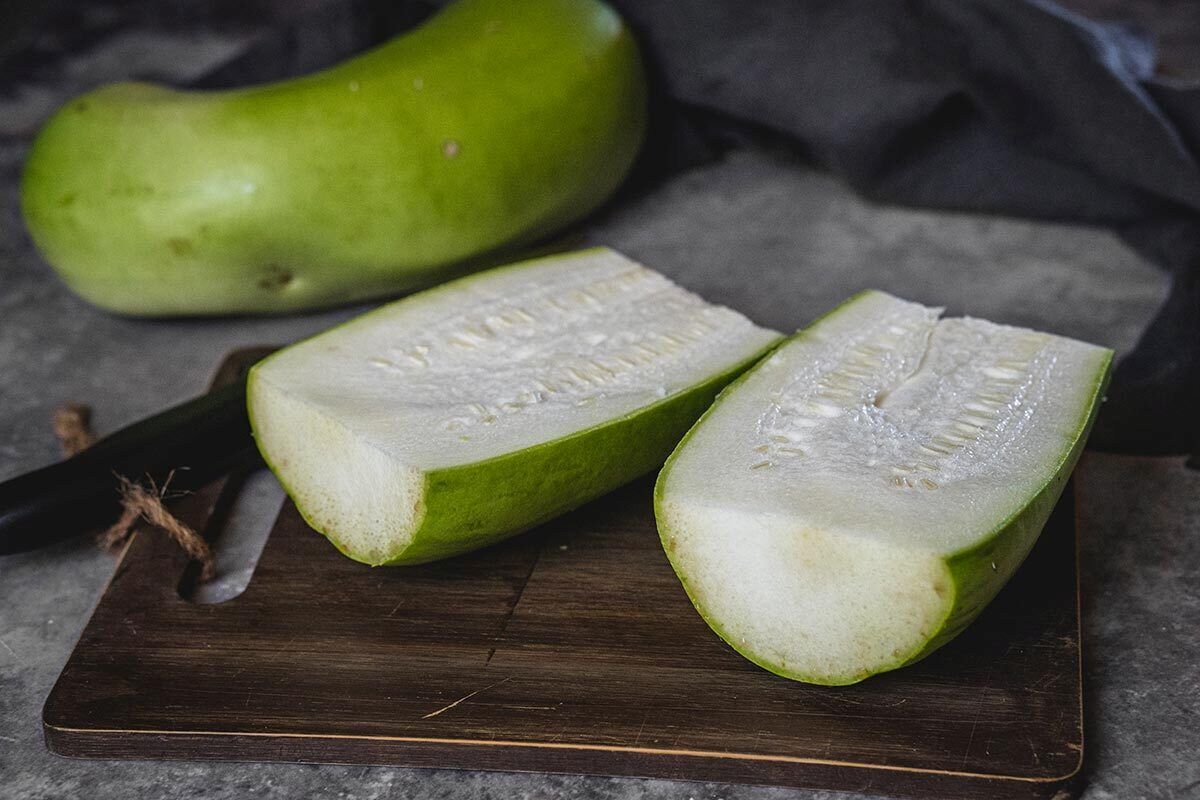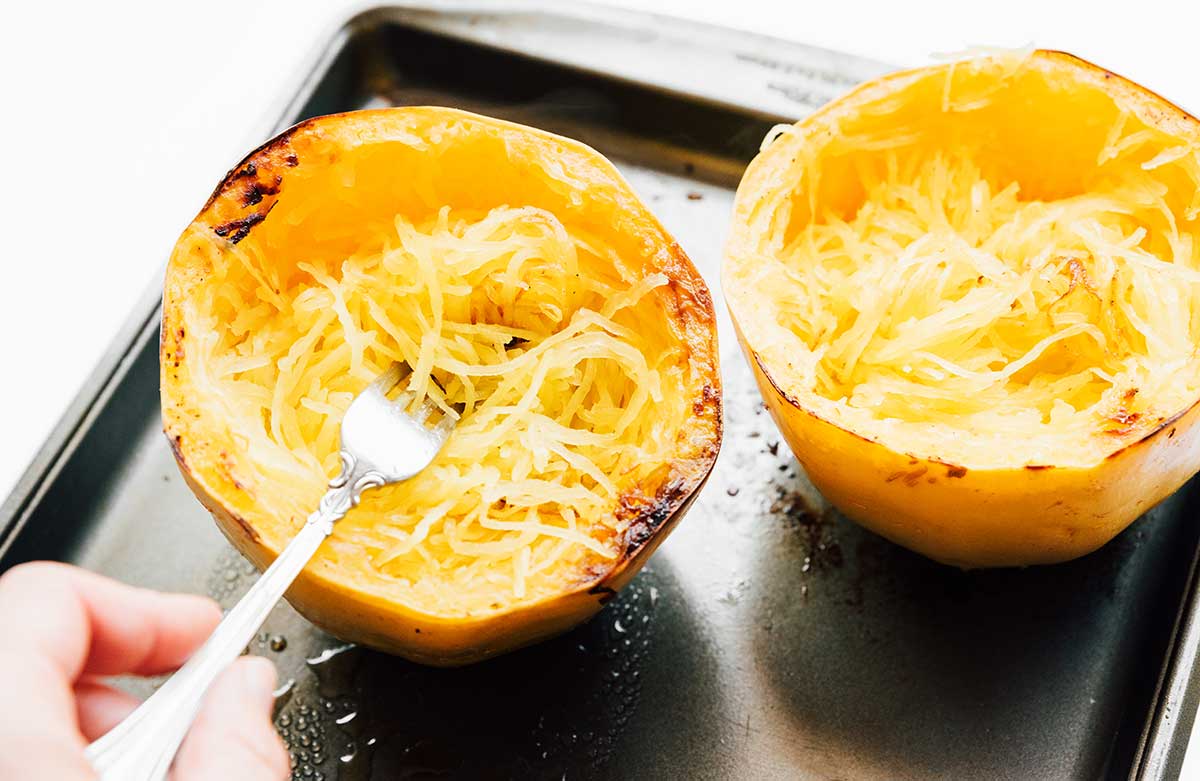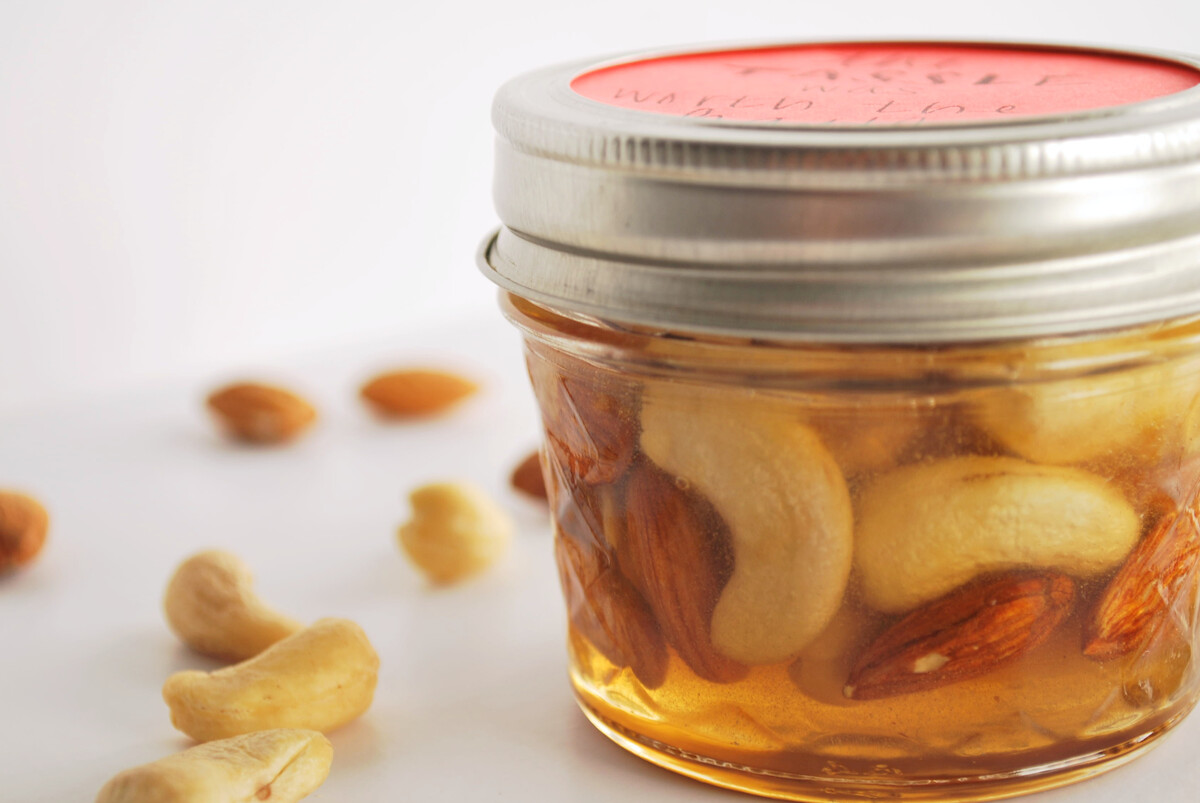What is Opo Squash?
Opo squash, also known as bottle gourd or calabash, is a long, slender vegetable commonly used in Asian and Mediterranean cuisines. It has a mild, slightly sweet flavor and a tender texture, making it a versatile ingredient in various dishes.
Choosing and Storing Opo Squash
When selecting opo squash, look for ones that are firm and free from blemishes or soft spots. The skin should be light green and smooth. To store opo squash, keep it in a cool, dry place or in the refrigerator for up to a week.
Preparing Opo Squash
Before cooking opo squash, it’s important to wash it thoroughly and remove the ends. The skin is edible, but it can be peeled if desired. The squash can be sliced, diced, or cut into strips, depending on the recipe.
Ways to Enjoy Opo Squash
Opo squash can be enjoyed in a variety of ways, including:
- Stir-frying: Sauté sliced opo squash with garlic, ginger, and your choice of protein for a quick and flavorful stir-fry.
- Soup: Add diced opo squash to soups and stews for a light and refreshing addition.
- Curry: Incorporate opo squash into curries for a delicious and nutritious twist on traditional recipes.
- Stuffed: Hollow out the squash and fill it with a savory mixture before baking for a unique and satisfying dish.
- Salad: Shred opo squash and toss it with your favorite salad ingredients for a refreshing and crunchy salad.
Health Benefits of Opo Squash
Opo squash is low in calories and rich in essential nutrients, including vitamin C, vitamin B6, and potassium. It also contains dietary fiber, which is beneficial for digestive health. Incorporating opo squash into your diet can contribute to overall wellness and provide a delicious way to enjoy a variety of nutrients.
Conclusion
Whether you’re looking to add more variety to your meals or explore new flavors, opo squash is a fantastic option to consider. With its mild taste and versatility, it can be a delightful addition to your culinary repertoire. From stir-fries to soups, there are countless ways to savor this unique vegetable and reap its nutritional benefits.
Explore Delicious Opo Squash Recipes and More Ways to Use This Guide
After mastering the basics of preparing opo squash, the reader can delve into a variety of delicious recipes designed to enhance their cooking repertoire. For a quick and aromatic dish, try the Sizzling Opo Squash Stir Fry, which combines the subtle sweetness of opo squash with the zesty flavors of garlic and ginger. Those looking for comfort in a bowl should not miss the Velvety Opo Squash Soup, perfect for chilly evenings. For a heartier meal, the Hearty Opo Squash and Chickpea Curry offers a wonderful blend of spices and textures. I recommend starting with these recipes to experience the versatility of opo squash in different culinary traditions.











